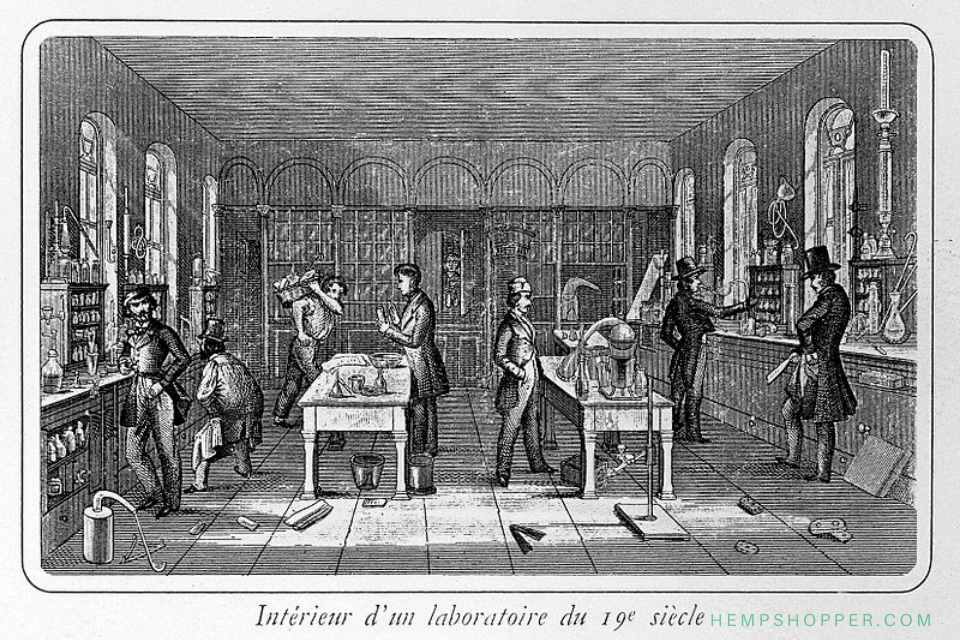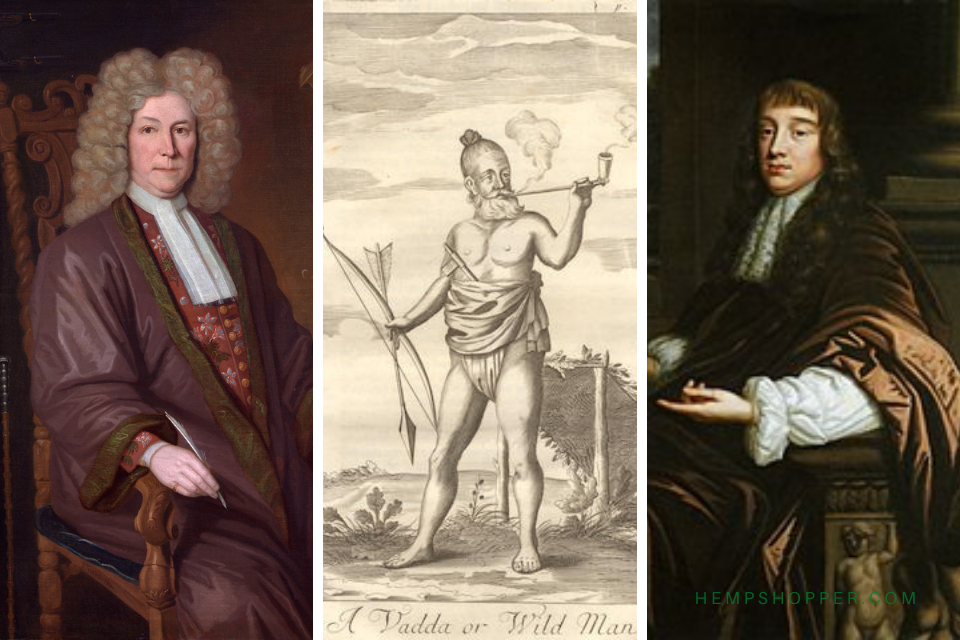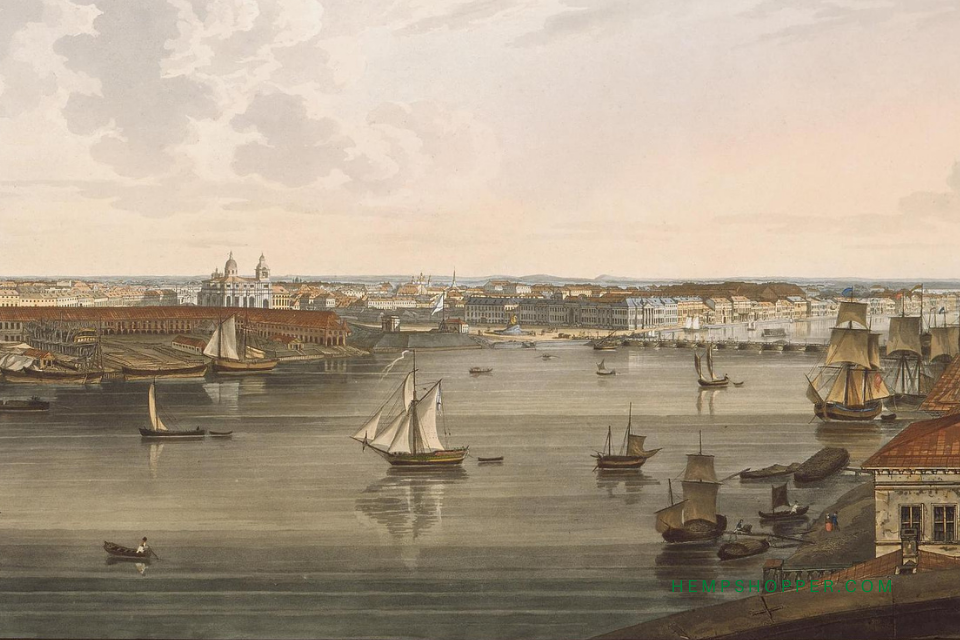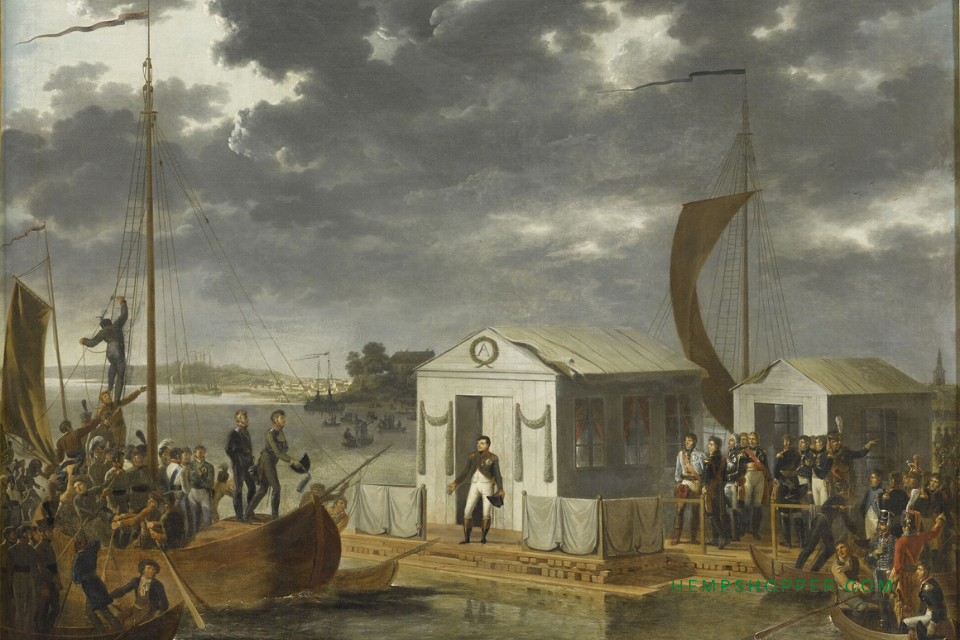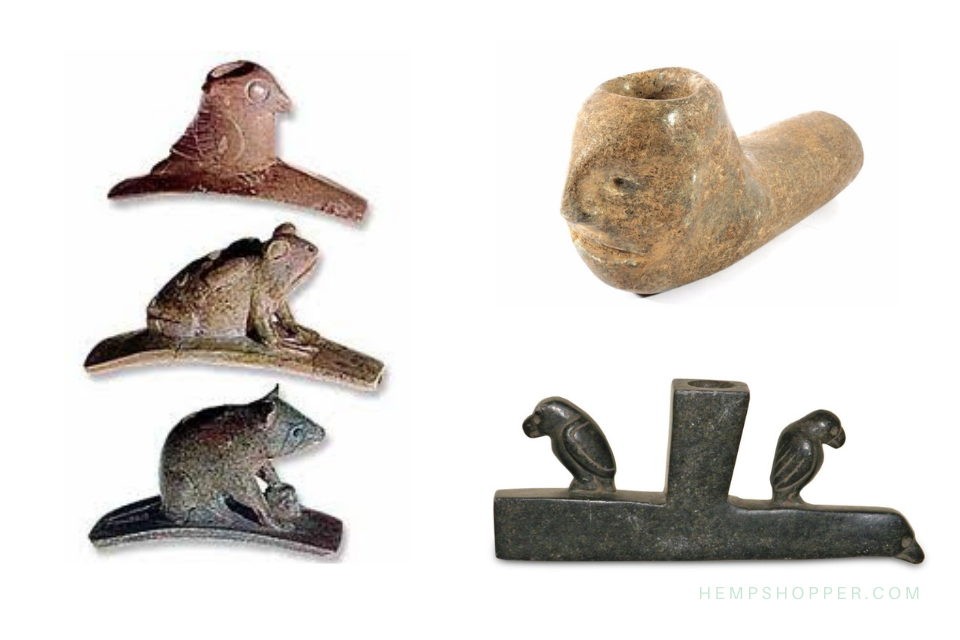1300: Hashish “leads to paradise”
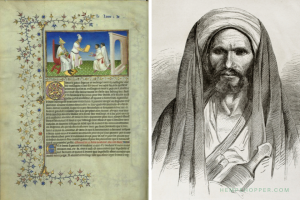
1300: Hashish “leads to paradise”.
The Travels of Marco Polo, in which he gives second-hand reports of the story of the Nizari leader Hasan ibn al-Sabbah and his “assassins” using hashish, is the earliest source to bring the concept of hashish-use to the attention of Europe.
Published in 1300, the book recounts a story of the “Old Man of the Mountain” (Sabbah) who would drug his young followers with hashish, lead them to a “paradise”, and then claim that only he had the means to allow for their return. Perceiving that Sabbah was either a prophet or some kind of magic man, his disciples, believing that only he could return them to “paradise”, were fully committed to his cause and willing to carry out his every request.
However, this story is disputed due to the fact that Sabbah died in 1124 and Sinan, who is frequently known as the “Old Man of the Mountain”, died in 1192, whereas Marco Polo wasn’t born until 1254.
Assassins is likely a misnomer for the Nizari Ismailis, a branch of Shia Islam. In 1122 the Mustalian dynasty Fatimid caliph al-Amir referred to the Nizaris abusively as the hashishiyya without actually accusing them of using hashish.
The term hashishiyya or hashishi as used by Muslim sources is used metaphorically in its abusive sense (i.e. “irreligious social outcasts”, “low-class rabble”, etc).
Photo: Page of The Travels of Marco Polo and 19th-century imaginary engraving of the Elder from the Mountains, called Hassan-i Sabbah.


 Hempshopper Amsterdam
Hempshopper Amsterdam 